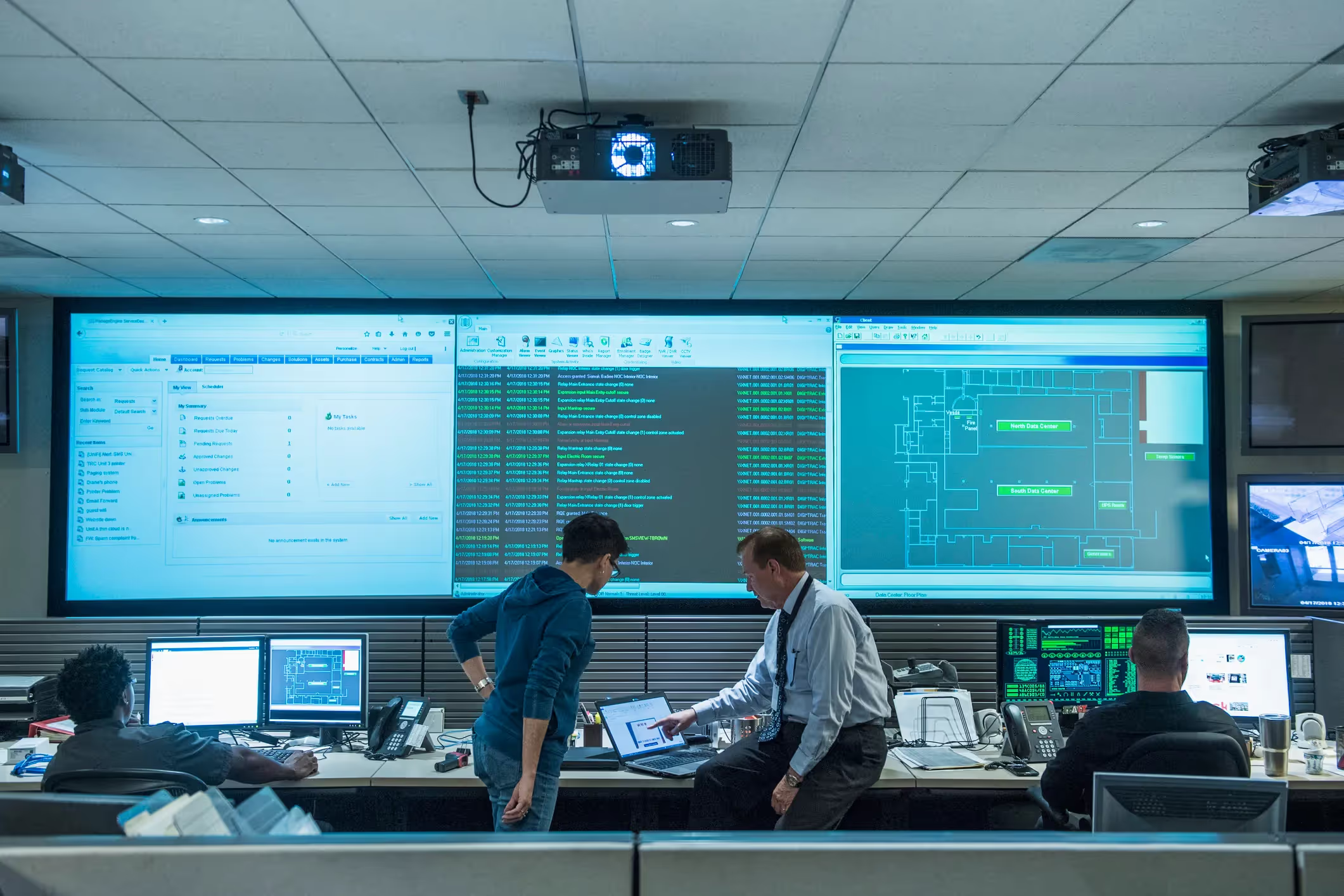Stopping the bad while allowing the good
Since its inception, email has been regarded as one of the most important tools for businesses, revolutionizing communication and allowing global teams to become even more connected. But besides organizations heavily relying on email for their daily operations, threat actors have also recognized that the inbox is one of the easiest ways to establish an initial foothold on the network.
Today, not only are phishing campaigns and social engineering attacks becoming more prevalent, but the level of sophistication of these attacks are also increasing with the help of generative AI tools that allow for the creation of hyper-realistic emails with minimal errors, effectively lowering the barrier to entry for threat actors. These diverse and stealthy types of attacks evade traditional email security tools based on rules and signatures, because they are less likely to contain the low-sophistication markers of a typical phishing attack.
In a situation where the sky is the limit for attackers and security teams are lean, how can teams equip themselves to tackle these threats? How can they accurately detect increasingly realistic malicious emails and neutralize these threats before it is too late? And importantly, how can email security block these threats while allowing legitimate emails to flow freely?
Instead of relying on past attack data, Darktrace’s Self-Learning AI detects the slightest deviation from a user’s pattern of life and responds autonomously to contain potential threats, stopping novel attacks in their tracks before damage is caused. It doesn’t define ‘good’ and ‘bad’ like traditional email tools, rather it understands each user and what is normal for them – and what’s not.
This blog outlines how Darktrace / EMAIL™ used its understanding of ‘normal’ to accurately detect and respond to a sustained phishing campaign targeting a real-life company.
Responding to a sustained phishing attack
Over the course of 24 hours, Darktrace detected multiple emails containing different subjects, all from different senders to different recipients in one organization. These emails were sent from different IP addresses, but all came from the same autonomous system number (ASN).

The emails themselves had many suspicious indicators. All senders had no prior association with the recipient, and the emails generated a high general inducement score. This score is generated by structural and non-specific content analysis of the email – a high score indicates that the email is trying to induce the recipient into taking a particular action, which may lead to account compromise.
Additionally, each email contained a visually prominent link to a file storage service, hidden behind a shortened bit.ly link. The similarities across all these emails pointed to a sustained campaign targeting the organization by a single threat actor.


With all these suspicious indicators, many models were breached. This drove up the anomaly score, causing Darktrace/Email to hold all suspicious emails from the recipients’ inboxes, safeguarding the recipients from potential account compromise and disallowing the threats from taking hold in the network.
Imagining a phishing attack without Darktrace/Email
So what could have happened if Darktrace had not withheld these emails, and the recipients had clicked on the links? File storage sites have a wide variety of uses that allow attackers to be creative in their attack strategy. If the user had clicked on the shortened link, the possible consequences are numerous. The link could have led to a login page for unsuspecting victims to input their credentials, or it could have hosted malware that would automatically download if the link was clicked. With the compromised credentials, threat actors could even bypass MFA, change email rules, or gain privileged access to a network. The downloaded malware might also be a keylogger, leading to cryptojacking, or could open a back door for threat actors to return to at a later time.


The limits of traditional email security tools
Secure email gateways (SEGs) and static AI security tools may have found it challenging to detect this phishing campaign as malicious. While Darktrace was able to correlate these emails to determine that a sustained phishing campaign was taking place, the pattern among these emails is far too generic for specific rules as set in traditional security tools. If we take the characteristic of the freemail account sender as an example, setting a rule to block all emails from freemail accounts may lead to more legitimate emails being withheld, since these addresses have a variety of uses.
With these factors in mind, these emails could have easily slipped through traditional security filters and led to a devastating impact on the organization.
Conclusion
As threat actors step up their attacks in sophistication, prioritizing email security is more crucial than ever to preserving a safe digital environment. In response to these challenges, Darktrace / EMAIL offers a set-and-forget solution that continuously learns and adapts to changes in the organization.
Through an evolving understanding of every environment in which it is deployed, its threat response becomes increasingly precise in neutralizing only the bad, while allowing the good – delivering email security that doesn’t come at the expense of business growth.





















_11zon.avif)









.jpg)






.jpg)






